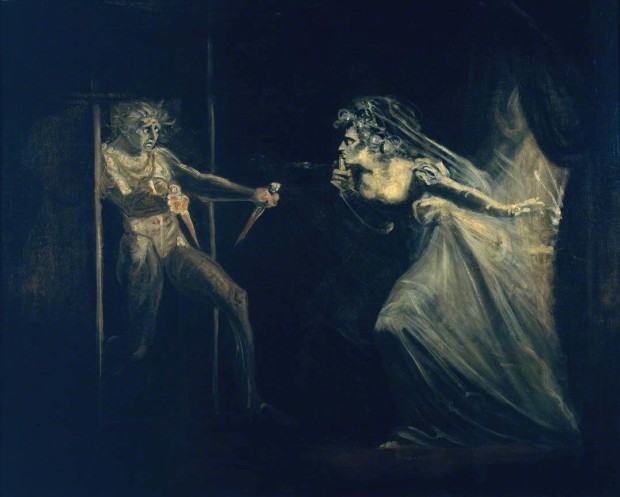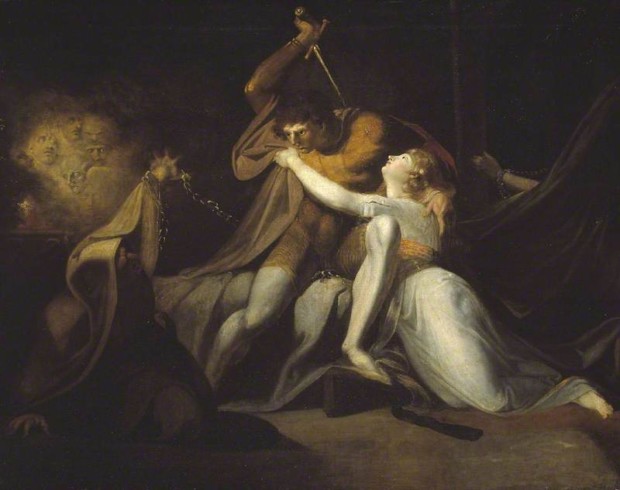Eugène Delacroix in 10 Paintings: Poetry, Passion, and Power
Early 19th-century French art was a battle between cool, crisp, precisely observed Neoclassicism and Romanticism’s passion for emotion, drama,...
Catriona Miller 3 July 2024
Henry Fuseli was a master of Romantic imagination. He was one of those artists who shaped our view of the epoch—or, to be more precise, he defined the image of the gothic horror and nightmare.
He was born in Zürich, Switzerland under the last name of Füssli. After he was forced to leave his mother country, he traveled through Germany, and then came to England, where he managed to make ends meet through miscellaneous writing. Eventually, he became acquainted with Sir Joshua Reynolds, to whom he showed his drawings. Following Reynolds’ advice, he decided to devote himself entirely to art. That was a good choice, and thanks to it, this, the most famous painting of Fuseli, was created:

Before leaving Switzerland, Fuseli had a mentor, Johann Jakob Bodmer, who was incredibly important to him and who shaped his later career. Homer, the Nibelungenlied, Dante, Shakespeare, and Milton were all to become the principal sources of inspiration for his art. He was also loosely associated with the Sturm und Drang movement. He was able to study a wide range of humanist studies and languages.

Fuseli established his reputation with The Nightmare in 1780. In 1786, he got involved in John Boydell’s scheme for employing the most talented artists of the day to the Shakespeare Gallery, and Fuseli devoted most of his time to paintings of Shakespearean themes.

In 1799, Fuseli exhibited a series of paintings from subjects furnished by the works of John Milton, with an aspiration to form a Milton gallery comparable to Boydell’s Shakespeare gallery. Unfortunately, Fuseli’s idea turned out to be unsuccessful and he was forced to close it in 1800.

Fuseli was largely neglected after his death until his rediscovery in the early 20th century by Expressionist painters and Surrealist artists, who admired his Romantic subjectivism, complex symbolism, and bold composition. He is now known as a precursor of these movements.
DailyArt Magazine needs your support. Every contribution, however big or small, is very valuable for our future. Thanks to it, we will be able to sustain and grow the Magazine. Thank you for your help!